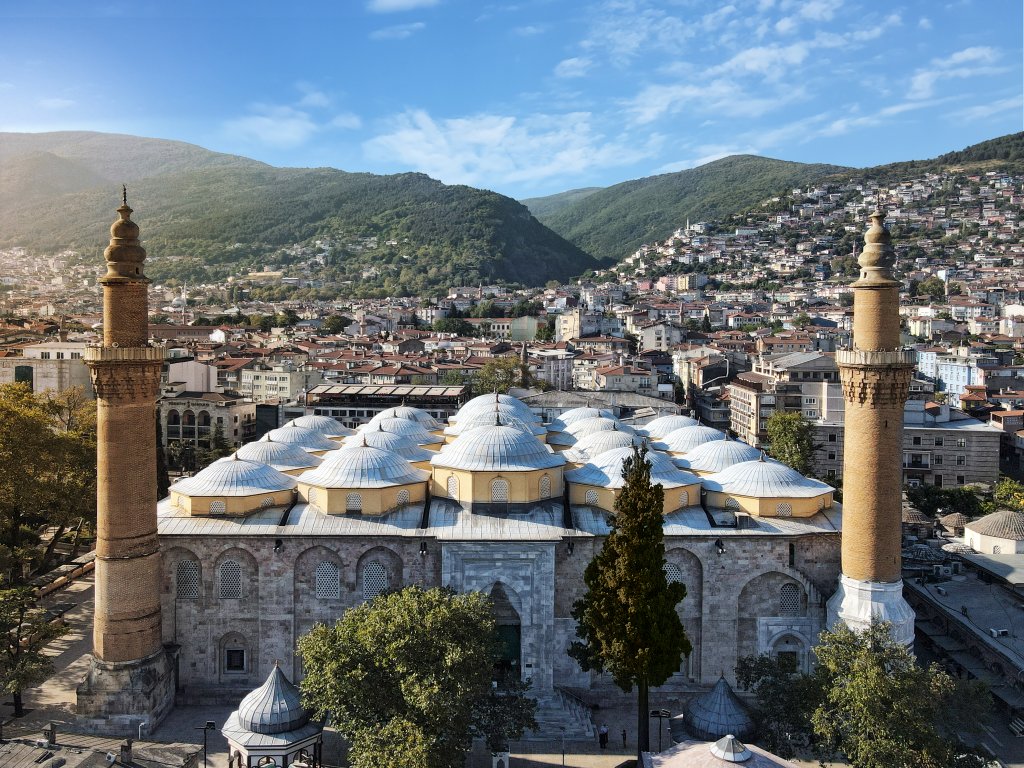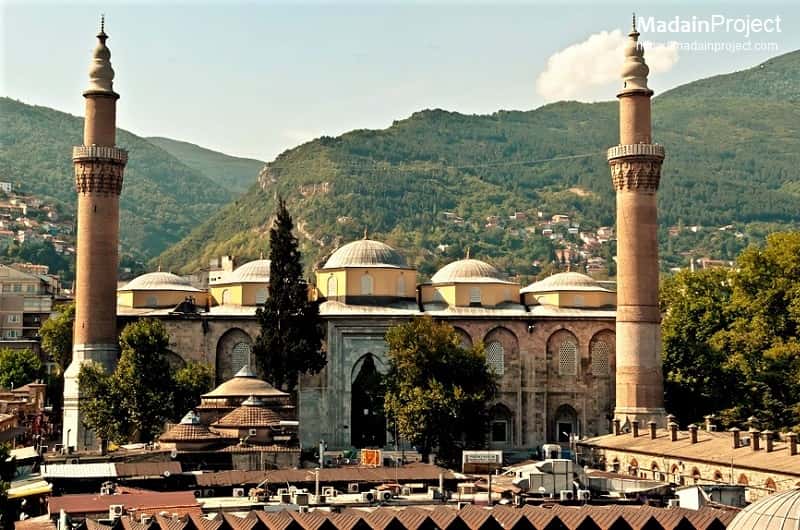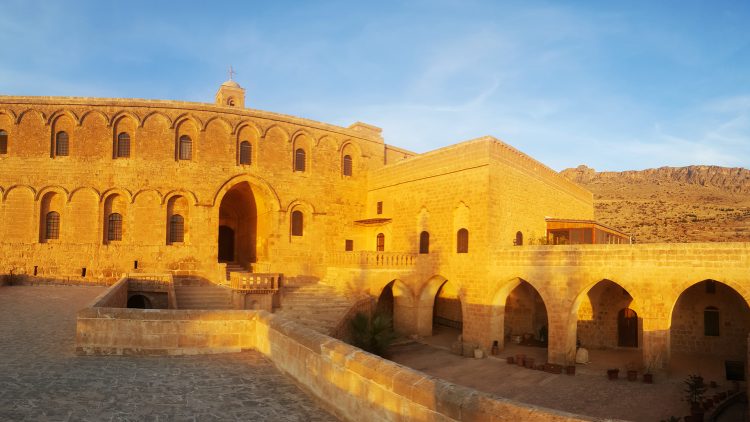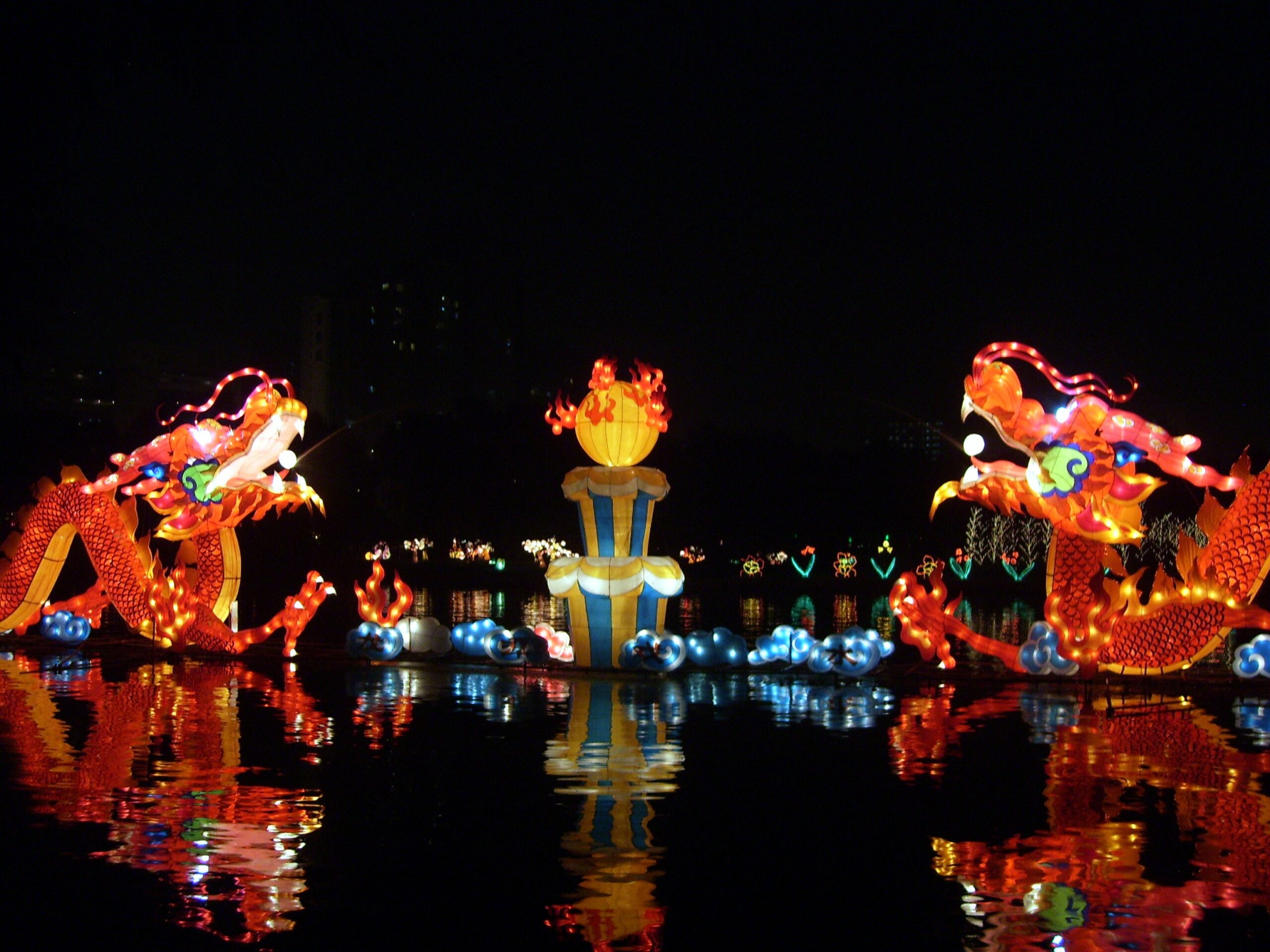Mardin, a city in southeastern Turkey, is a treasure trove of history and culture. Perched atop a hill overlooking the vast Mesopotamian plains, Mardin is renowned for its unique stone architecture and its rich blend of cultural and religious heritage. The city’s historical sites reflect the diverse civilizations that have left their mark on Mardin over the centuries, from the Assyrians and Romans to the Byzantines, Arabs, and Ottomans. For history enthusiasts and travelers alike, Mardin offers a fascinating journey through time. Here are the top 10 must-visit historical sites in Mardin that you shouldn’t miss.
1. Ulu Cami (Grand Mosque)
The Ulu Cami, or Grand Mosque, is one of the most significant historical landmarks in Mardin. Built in the 12th century during the Artuqid dynasty, this mosque is a masterpiece of Islamic architecture. The mosque’s towering minaret, adorned with intricate geometric designs and carvings, is one of the most recognizable features of Mardin’s skyline.
The interior of the Ulu Cami is equally impressive, with its domes and arches decorated with elaborate tile work and calligraphy. The mosque has served as a center of Islamic learning and worship for centuries, making it a vital part of Mardin’s religious and cultural heritage. Visitors to the Ulu Cami will not only appreciate its architectural beauty but also the sense of tranquility that permeates this ancient place of worship.

2. Zinciriye Medrese
The Zinciriye Medrese, also known as the Sultan Isa Medrese, is a stunning example of Seljuk architecture in Mardin. Built in 1385 during the reign of Sultan Isa, this medieval Islamic school served as a center of education and religious instruction. The medrese is built around a central courtyard, with classrooms and living quarters arranged around it.
The architecture of the Zinciriye Medrese is notable for its use of stone carvings and its beautifully designed domed roof. The building’s ornate entrance, with its intricate patterns and calligraphy, is a testament to the artistry and craftsmanship of the period. Today, the Zinciriye Medrese is a popular tourist attraction, offering visitors a glimpse into Mardin’s educational and religious history.
3. Mor Gabriel Monastery
Mor Gabriel Monastery, located just outside Mardin, is one of the oldest surviving Syriac Orthodox monasteries in the world. Founded in the 4th century, the monastery has been a center of Syriac Christian life and learning for over 1,600 years. The architecture of Mor Gabriel reflects the religious and cultural traditions of the Syriac community, with its stone walls, arched doorways, and intricately carved wooden doors.
The interior of the monastery is equally impressive, with beautifully decorated chapels, frescoes, and ancient manuscripts. Mor Gabriel Monastery is not only a place of religious significance but also a cultural treasure, preserving the heritage and traditions of the Syriac Orthodox Church. A visit to Mor Gabriel offers a unique insight into the spiritual and cultural life of the Syriac Christian community.

4. Deyrulzafaran Monastery
Deyrulzafaran Monastery, also known as the Saffron Monastery, is one of Mardin’s most iconic landmarks. Located on a hill overlooking the city, the monastery was built in the 5th century and served as the seat of the Syriac Orthodox Patriarchate for centuries. The monastery gets its name from the saffron-colored stones used in its construction, which give it a warm, golden hue.
The architecture of Deyrulzafaran Monastery is a blend of ancient Mesopotamian, Byzantine, and Syriac styles. The monastery’s main church, with its domed roof and arched windows, is a masterpiece of Syriac architecture. The monastery’s interior is equally impressive, with its beautifully decorated altars, ancient manuscripts, and religious artifacts. Deyrulzafaran Monastery is a must-visit for anyone interested in the history and culture of the Syriac Orthodox Church.
5. Mardin Museum
Housed in a historic mansion that was once the residence of a wealthy merchant, the Mardin Museum is a treasure trove of artifacts that showcase the city’s rich history. The museum’s exhibits span different periods of Mardin’s past, from the ancient Mesopotamian era to the Ottoman period.
Visitors to the Mardin Museum can explore a wide range of artifacts, including ancient pottery, coins, and inscriptions, as well as traditional clothing and jewelry. The museum also features displays on the various civilizations that have influenced Mardin over the centuries, including the Assyrians, Romans, Byzantines, and Ottomans. The Mardin Museum offers a fascinating insight into the cultural and historical evolution of the region.
6. Kasımiye Medrese
The Kasımiye Medrese is another important example of Islamic architecture in Mardin. Built in the 15th century during the Artuqid period, the medrese served as a center of education and religious instruction. The building is notable for its large courtyard, surrounded by classrooms and living quarters, as well as its beautifully designed domed roof.
One of the most striking features of the Kasımiye Medrese is its pool, located in the center of the courtyard. The pool is said to symbolize the cycle of life, with water flowing from a small fountain into the pool and then out through a series of channels. The medrese’s architecture and symbolism reflect the importance of education and spirituality in Islamic culture.
7. Sakıp Sabancı Mardin City Museum
The Sakıp Sabancı Mardin City Museum is housed in a beautifully restored building that was once a military barracks. The museum offers a comprehensive overview of Mardin’s history, culture, and art, with exhibits covering everything from traditional crafts and clothing to the city’s architectural heritage.
The museum also features interactive displays and multimedia presentations, making it a great place to learn about Mardin’s rich cultural heritage. The Sakıp Sabancı Mardin City Museum is a must-visit for anyone interested in the history and culture of Mardin.
8. Latifiye Mosque
The Latifiye Mosque is a beautiful example of Islamic architecture in Mardin. Built in the 14th century during the Artuqid period, the mosque is notable for its elegant minaret and intricate stone carvings. The mosque’s interior is equally impressive, with its domed roof, arched windows, and ornate tile work.
The Latifiye Mosque has been an important center of worship and community life in Mardin for centuries. Its architecture reflects the artistic and cultural achievements of the period, making it a significant historical landmark in the city.
9. Church of the Forty Martyrs
The Church of the Forty Martyrs, also known as Mor Behnam Church, is one of the oldest and most significant churches in Mardin. Built in the 6th century, the church is dedicated to the Forty Martyrs of Sebaste, who were martyred for their Christian faith.
The church’s architecture reflects the Syriac Orthodox tradition, with its stone walls, arched doorways, and intricately carved wooden doors. The interior of the church is adorned with beautiful frescoes and religious icons, making it a place of spiritual significance and cultural heritage. The Church of the Forty Martyrs is a must-visit for anyone interested in the history of Christianity in Mardin.
10. Mardin Castle
Mardin Castle, also known as the Eagle’s Nest, is a historic fortress that sits atop a hill overlooking the city. The castle dates back to Roman times and has been used by various civilizations over the centuries, including the Byzantines, Arabs, and Ottomans.
The castle’s strategic location made it an important military stronghold, and its architecture reflects the defensive needs of the time. The walls of the castle are built from local limestone, and the structure offers stunning views of the surrounding landscape. Although much of the castle is in ruins today, it remains a significant historical site and a symbol of Mardin’s rich history.
Conclusion
Mardin’s historical sites offer a fascinating glimpse into the city’s rich and diverse past. From grand mosques and churches to ancient monasteries and castles, these landmarks tell the story of a city that has been shaped by various cultures and civilizations over the centuries. Whether you’re a history enthusiast, an architecture lover, or simply a curious traveler, Mardin’s historical sites are sure to captivate and inspire.
Exploring Mardin is like taking a journey through time, where each site, each stone, has a story to tell. As you wander through the city’s narrow streets and visit its historical landmarks, you’ll gain a deeper understanding of the cultural and historical significance of this unique city. Mardin is not just a place to visit; it’s a place to experience, where history comes alive in every corner.




